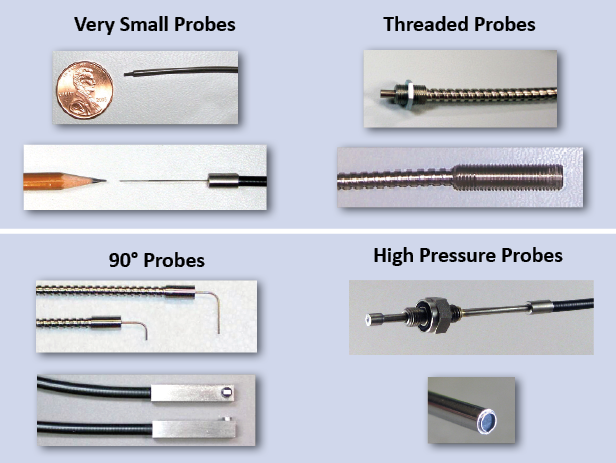
Send us a sketch or drawing of your application requirements. We’ll make a sensor configuration drawing for your review. Email sensors@philtec.com

Send us a sketch or drawing of your application requirements. We’ll make a sensor configuration drawing for your review. Email sensors@philtec.com
PHILTEC, Inc. | Annapolis, Maryland U.S.A. | tel: 410-757-4404 | fax: 410-757-8138 | e-mail: sensors@philtec.com
